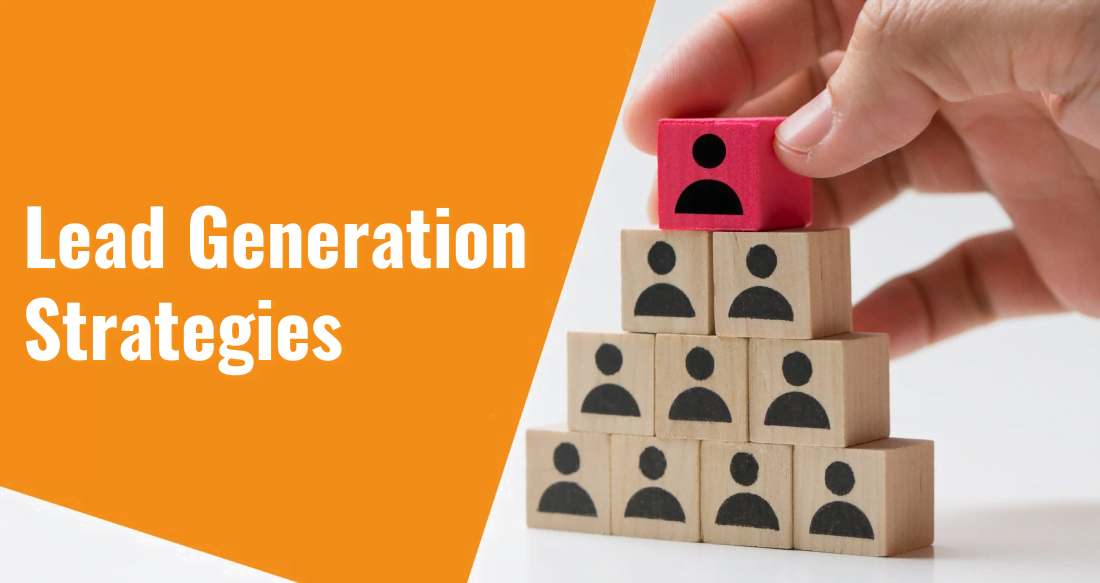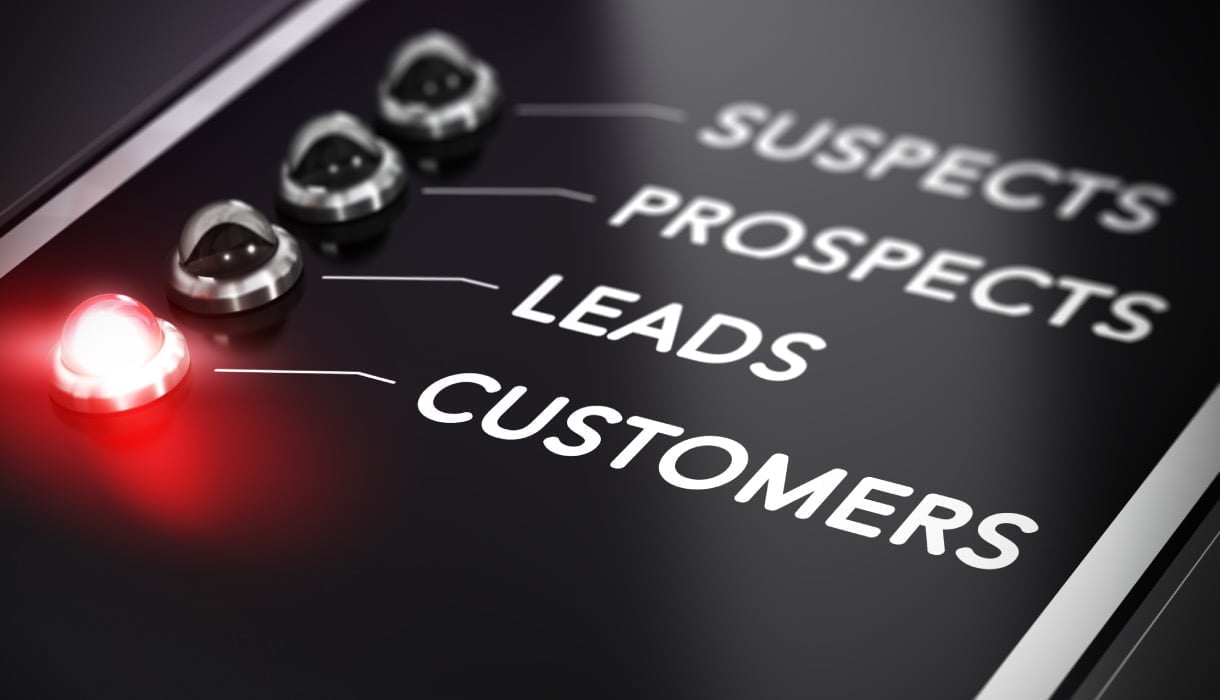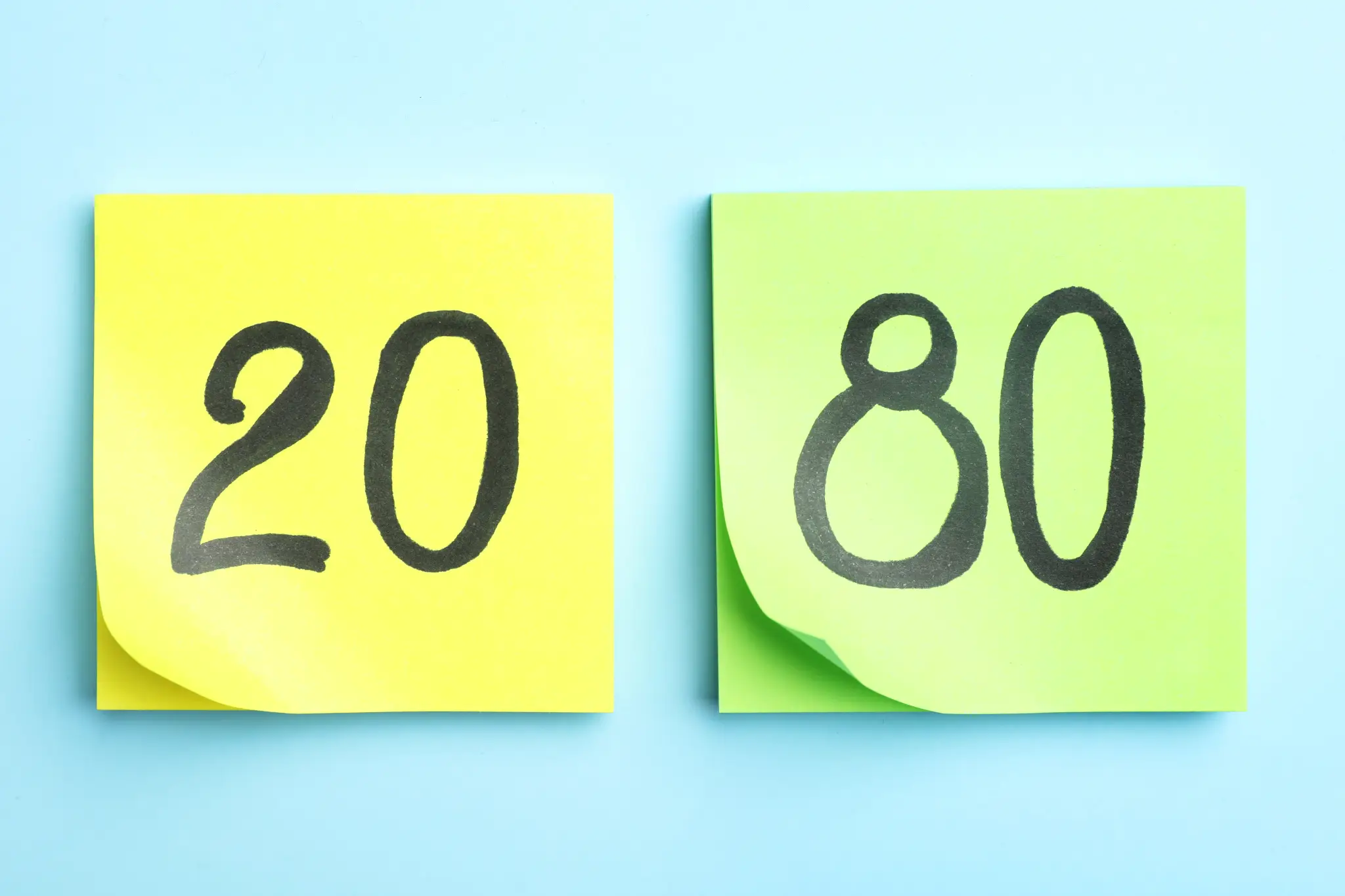Table of Contents
ToggleLead generation is a process applied to attract the attention of potential customers also known as leads. Well, who can be a lead actually? Do lead and potential customers have the same meaning? What should brands or businesses consider in their lead generation processes?
What is Lead Generation?
What Is Lead (Potential Customer)?
In fact, the potential customer is insufficient to briefly define a lead. Lead is not just about purchasing the products offered by the brand. Anyone who shows interest in the products or services offered by the brand and engages with the brand can be referred to as a lead. For example, a user commenting under the social media posts of a brand might be a lead. The important thing here is that these individuals must show a type of interest towards the brand or business in any form.
In many cases, individuals who can be called leads communicated with the brand or business in one way or another. In short, they showed that they are interested in the brand. For example, completing a form on the brand’s website or asking a question under a social media post can be considered as interest. This way brand staff will have a reference point to communicate with these individuals. This reference point will play an important role in the lead generation process.
What Are Lead Types?
Another thing to consider in the lead generation process will be the different lead types. Identifying the targeted lead types accurately is important in the marketing process. The most important reason for such identification is that different leads have different requirements. Accordingly, lead types can be investigated under four main titles:
Marketing Leads
Individuals in this category are individuals reached by the effort of the marketing team. The marketing team reaches these individuals either with email marketing or social media marketing. But these individuals are not yet ready to complete the purchasing process.
Sales Leads
Product Leads
Individuals in this category use the demo version of your products and are interested in your products. Similar to sales leads, the product leads are also ready to complete the purchasing process.
Service Leads
Individuals in this category know your brand’s services and want to benefit from these services. They might want detailed information before purchasing the service. Providing as much detail as possible about the services and processes will help turn these leads into real customers.

Can You Skip Lead Generation?
The lead generation process is the backbone of sales and marketing activities. A brand without leads will miss the sales opportunities. Therefore, it is important to show the utmost attention to the lead generation process. This process consists of four fundamental stages outlined below:
ATTRACT
Turn the strangers on the internet into your website visitors
You can use blog posts and social media posts at attracting stage to attract the attention of the individuals browsing the internet. A well-structured and informative text or an interesting video and photo might be a good practice.
CONVERT
Convert your visitors into leads
The conversion stage expects the visitors to take certain actions other than purchasing. These actions might be completing a form, sending an email or downloading a newsletter.
CLOSE THE SALES
Turn the leads into real customers
You will need to provide the information required by the leads to close the sales. The leads might ask about the technical properties of a product. At the same time, you might receive questions about the service scope. CRM (HubSpot, Pipedrive, Salesforce etc.) and email sending will enable the effective management of this process.
SATISFY
Turn your real customers into brand advocates
The final stage of the process focuses on customer satisfaction. A happy customer will promote your brand without you putting in any effort. This entire process aims to close the sales and turn your customers into loyal brand advocates. This way you will complete the lead generation process with the highest efficiency.
A well-structured lead generation plan should include all of these four steps. Skipping one of these steps or failing to follow one might lead the entire process to crumble down.

How Can You Perform Marketing Efforts in Lead Generation Process?
The marketing efforts must have a holistic view of the lead generation process. The aim is to guide the leads to a single landing page independent of the original source. It is important to do marketing practices on platforms with lead generation potential for higher efficiency. But these platforms will vary depending on the product and service.
In recent years, social media marketing is highlighted as the most common lead generation method. The engaging structure of social media enables easier reach to the leads. At the same time, the content shared on this media type spreads faster.
On the other hand, traditional email marketing is still a valid method when it comes to generating leads. Email marketing will be an ideal option for an individual who fills out a form on your website.
In addition to that, online ads are among the most common methods to generate leads. Advertisements can be preferred for ATTRACT stage. You can attract the users who search by using keywords similar to your products. This way online ads can create the initial stage of your lead generation.
How Should You Classify Your Leads?
You have hundreds of leads after our successful steps. So, what will you do with all these leads? At this stage, it is crucial to classify your leads. Just like in any other aspect of marketing efforts, you need to sort your leads and data accurately. Unsorted raw data will not give you good material to work on. In this case, you need to sort your leads that come from different channels correctly.
The important thing here is to sort your leads based on their readiness level to purchase. In most cases, your sales team will put on less effort for individuals who are genuinely interested in your products and ready to purchase these products. You can close the sales with these people after a few questions.
On the other hand, things are a bit more complicated for individuals who are at the boundary of being a visitor and lead. If you don’t take the right steps, these individuals can easily turn into strangers for your brand. Therefore, you need to inform these individuals about your brand and products without overwhelming them. Regular emails and answering the questions in a short time will increase your chances to convert indecisive individuals into leads.
What Are Lead Generation Strategies?
- Use the Power of Social Media
- Use the Right Form Design
- Review Your Ad and Blog Copy
- Benefit from Technology for Lead Generation
- Offer Discounts or Coupons
- Give Free Trial
- Give Free Trial
Lead generation is a process used to attract the attention of potential customers.
A lead is someone who is interested in buying the products or service offered by the brand.
Lead types can be investigated under four main titles:
- Marketing Leads
- Sales Leads
- Product Leads
- Service Leads
- Use the Power of Social Media
- Use the Right Form Design
- Review Your Ad and Blog Copy
- Benefit from Technology for Lead Generation
- Offer Discounts or Coupons
- Give Free Trial
- Give Free Trial



